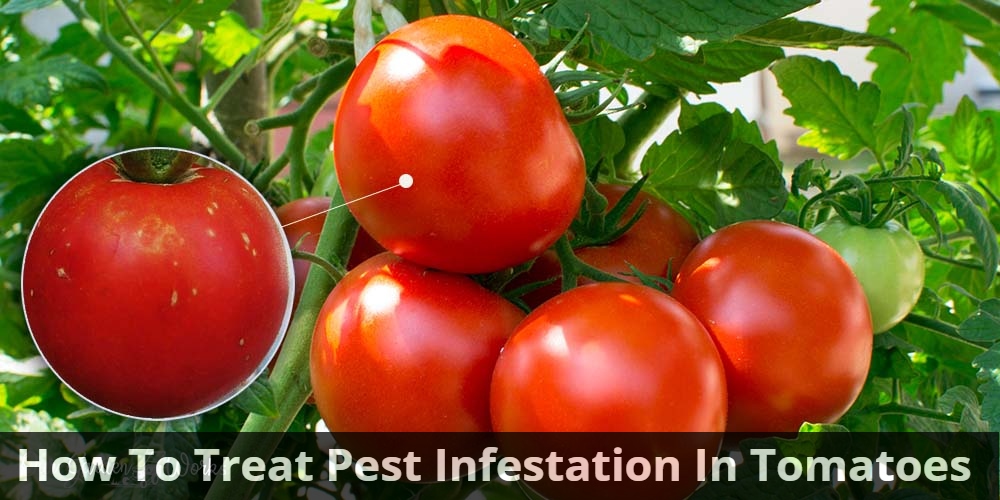Seeing white spots on tomato plants, either on their fruits or leaves, can be very frustrating for every gardener. If you have been growing tomatoes for a while now, you will notice that they are prone to pest infestation and health complications.
However, if you are unfamiliar with the common types, it can be challenging to identify the ones causing damage to the plants. Fortunately, this post will identify a few helpful solutions you should consider:
What are the Causes of White Spots on Tomatoes?
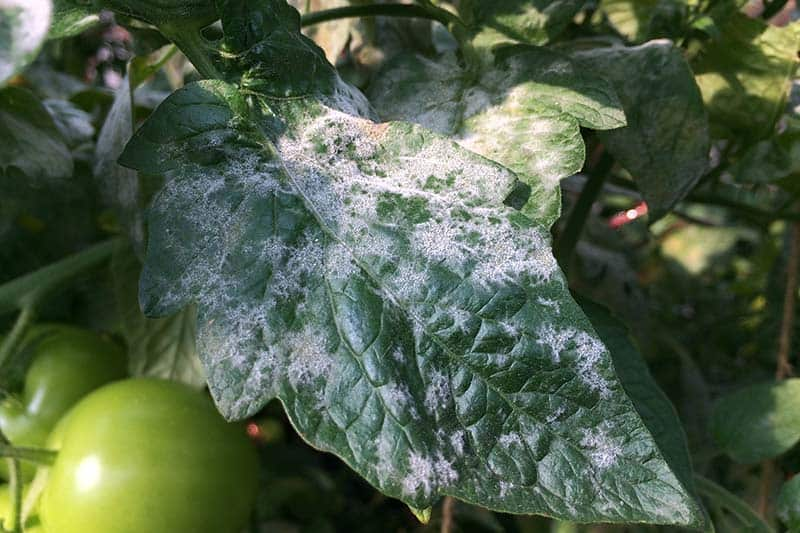
There are three major causes of white spots on tomatoes. These include bacteria, pest damage, and fungal complications. Join us as we identify the common types and the compatible treatments for addressing the issue.
Cause #1. Pest Damage
First up on the leading causes of white spots is because of stink bug feeding. It refers to a brown marmorated stinkbug whose main target is the juicy section of fruiting plants.
The appearance of this pest is symbolic, with a mouthpiece that one can use to puncture the skin of the tomatoes. It does this to help suck the juices out of the tomato fruit.
While the remaining portion of the fruit will keep on developing and acquire water from the plant, the area that contains the stinkbug won’t. The result is that this portion of tomatoes will start changing color to white.
In the worst case, stinkbugs can also cause your tomatoes to stop developing, and the medium-sized types might even develop scars. The bugs might also incorporate digestive enzymes into the fruit to break down the inner parts, leading to further damage.
Fortunately, with some care, you will still find it easy to use the damaged fruit with a few cutting procedures. The reason is that stinkbugs don’t pose a direct health threat to people.
How to Remove Tomato Stinkbugs
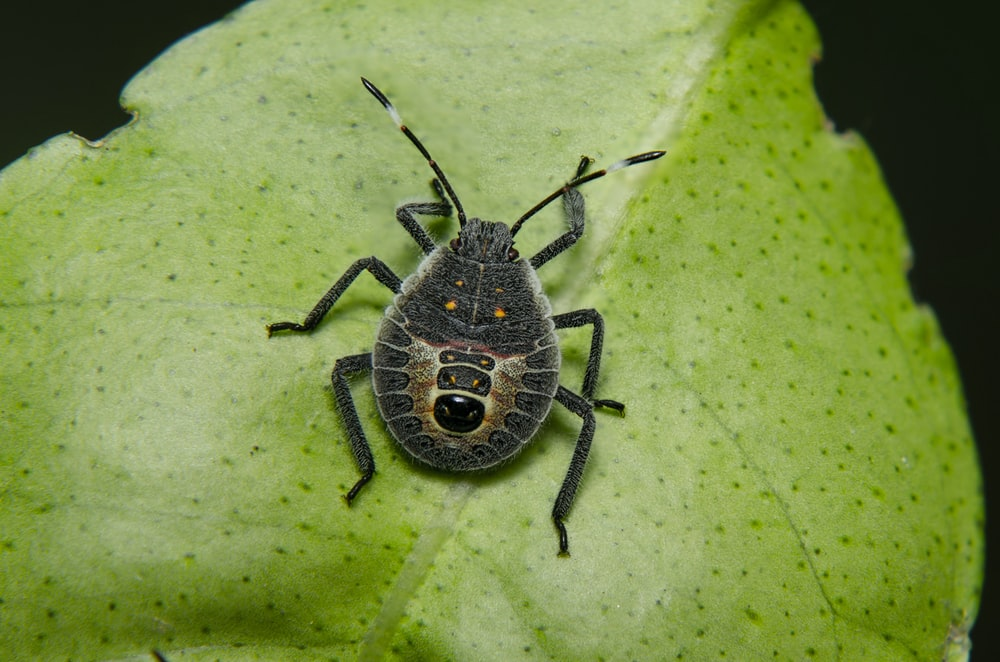
Broadly speaking, there are three two essential techniques you can use to remove the Stinkbugs. Another method you use will come from your ability to improvise as a savvy gardener.
Here are these techniques that we recommend to help get you started with the removal process:
- Remove the stinkbugs manually. Usually, stinkbugs tend to gather in a single area when feeding on tomato plants. Therefore, collecting these bugs using a pair of gloves and some soapy water is easy. You can also add some sanitizer to the water, as long as you ensure they dont get directly into the plant.
- Use organic pesticides. The alternative you can use is some organic pesticides. Get some pepper, neem oil, and aloe vera, then mix them all. Next, spray them all over the tomato plant. You can also combine all these ingredients in some steaming hot water.
Cause #2. Bacterial Complications
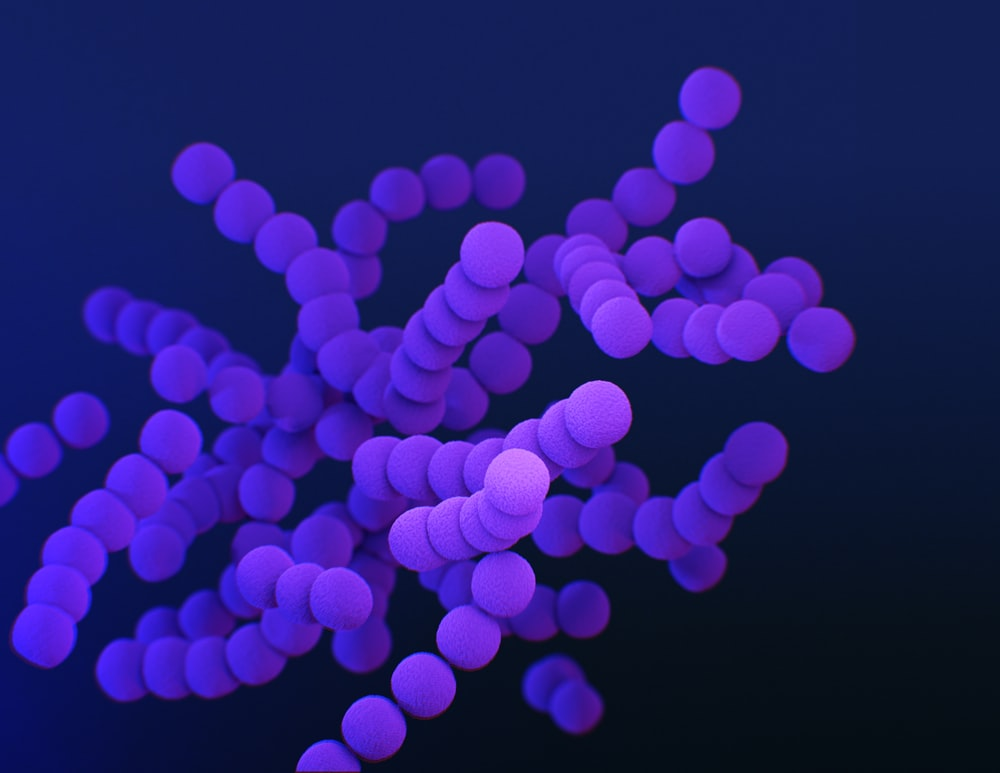
Next on the list of common causes of white spots on tomatoes is bacteria, specifically bacterial canker. The term refers to a bacterial infection that surprisingly doesn’t occur with any significant symptoms at first.
As the bacteria undergo the incubation period, the plant will eventually start showing signs of white spots. If the plant also grows alongside weeds, realize that it could be the leading cause of the white spots.
You also have to look for issues such as wilted leaves or sunken veins, which are common causes of white spots.
The primary method of spread for the bacterial canker involves splashes of water or through the wind. It is also common during summer when the average temperatures increase significantly.
The pathogen can also reside in the soil and spread to lower leaves through water mediums.
Bacterial canker on tomatoes can also lead to contamination issues on gardening tools, stakes, and dead tomato plants. What’s more appalling is that the bacteria can stay active for over three months.
Unfortunately, there is no legal treatment for bacterial canker and white soft spots on tomatoes.
How to Remove Bacteria from Tomatoes
The best way of managing the spread of the bacterial canker includes:
- Ensure you sanitize all items that came into contact with the bacterial canker. These include your hands, gardening tools, and any other gear.
- Ensure you only purchase gardening tools for brands that have pathogen-free tomato seeds.
- Avoid re-using any products that came into contact with the affected plant unless you want to use them for heat composting.
Unfortunately, there is no way to treat a tomato plant infected with a bacterial canker. The only suggestion is to eliminate the plant or try to control the issue if it hasn’t spread significantly.
Cause #3. Fungal Complications
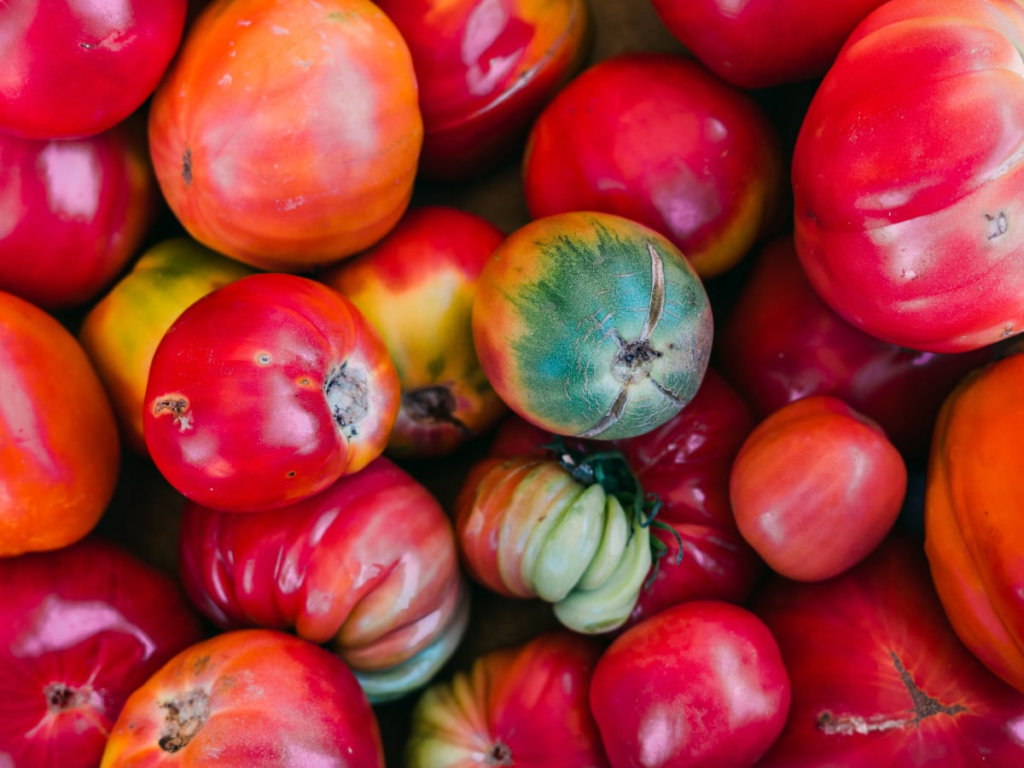
Fungal complications are also common causes of white spots on tomatoes, and they usually come up with a moldy appearance.
Oidium Lycopersicum is one of the most common fungal complications that can cause white spots on tomatoes.
It’s a fungal complication that thrives well in warm conditions and commonly spreads during the summer or spring. The mold consists of pathogens in the soil for long periods, making it difficult to control.
Left unchecked, the fungal disease can lead to various secondary complications on your plant. It’s also good to realize that tomatoes that sit in poorly ventilated settings are also prone to this health complication.
The disease often starts from the lower sections of the leaves and develops into the secondary areas of the plant. Any young leaves affected by the white pots might have a yellow, disfigured, or dry appearance.
If you encounter the disease early on, it’s still possible to save your tomatoes from long-term damage. Over time, the spots will develop and even cover the entire surface of your plants.
From this point, your plant will almost be impossible to save, and you might have to get rid of it completely.
How to Treat Mildew on Tomatoes?
Here is an essential treatment guide that we recommend for treating mildew on tomatoes. While it’s not an exhaustive approach, it works well almost every time:
- Cut off infected leaves, and throw away the ones with excessive infections.
- Set up preventive fungicides on the plant as part of the planning process.
- Ensure you wash your garden resources each time after use.
- Avoid splashing foliar and water on your plants or tomatoes.
- Plants that show excessive infection are impossible to treat, so discard them.
There are various causes of little white spots on tomatoes including pest damage, bacteria, and fungi. While its impossible to cure the disease, its possible to prevent it, and ensure that it doesn’t spread to other plants. You have to sanitize your plants regularly, and ensure you disinfect all gardening tools that you use.
Frequently Asked Questions (FAQ)
Are Tomatoes With White Spots Safe To Eat?
Yes, it’s totally safe to consume tomatoes with white spots. However, cut out the infected parts first, as they are unsightly and can compromise the taste of your food.
Are Tomatoes With White Spots Safe To Eat?
Yes, it’s totally safe to consume tomatoes with white spots. However, cut out the infected parts first, as they are unsightly and can compromise the taste of your food.
How Do You Stop White Spots On Tomatoes?
You can stop the hard white spots on tomatoes by ensuring that you using insecticide on your your plants at the right times. Its also crucial that you get rid of any infected plants as soon as possible, and you sanitize your gardening tools.
Are White Spots On Tomatoes Mold?
Yes, there is a possibility that the white spots on your tomatoes could be mold, and specifically the powdery mildew type. While tomatoes with white spots due to mold are eatable, ensure you remove the affected parts first.
How Do I Know If I Overwatered My Tomato Plants?
Early signs of overwatering in tomato plants include cracked fruit and blisters or bumps on the lower leaves. If the overwatering continues, the bumps or blisters on the leaves turn corky. Meanwhile, the roots begin to drown, die and rot, which reduces the amount of water the green part of the plant receives.2 Dec 2018
What Is Tomato Sunscald?
Tomato Sunscald refers to when your tomato becomes exposed to direct UV rays from the sun, leading to burning. Its often common among plants with a large foliage, or those that have experienced the small white spots on tomatoes issue.

